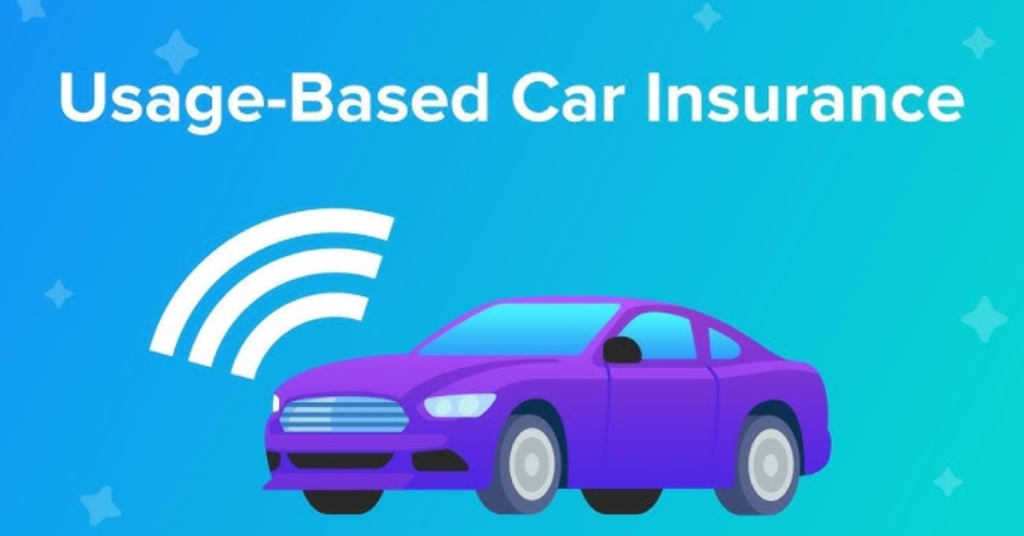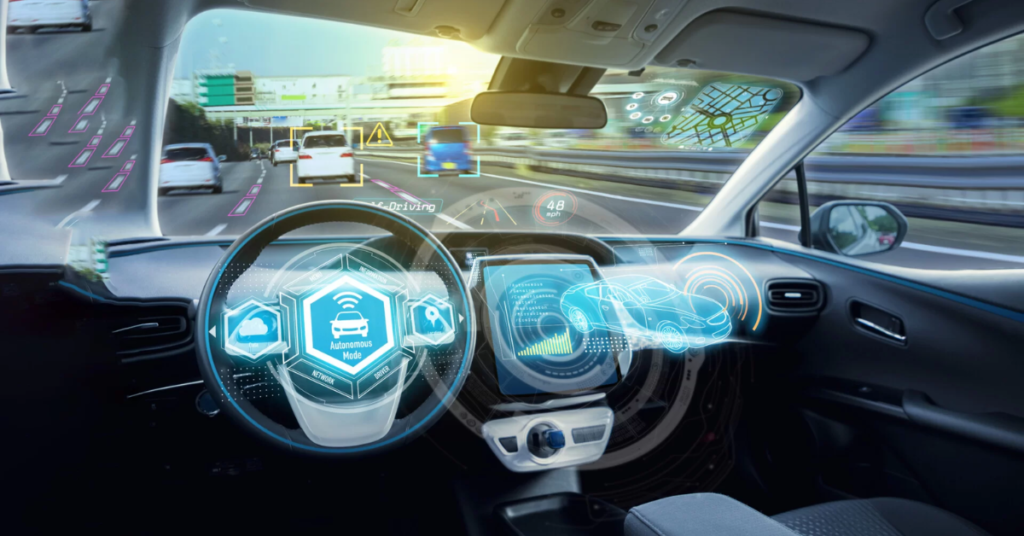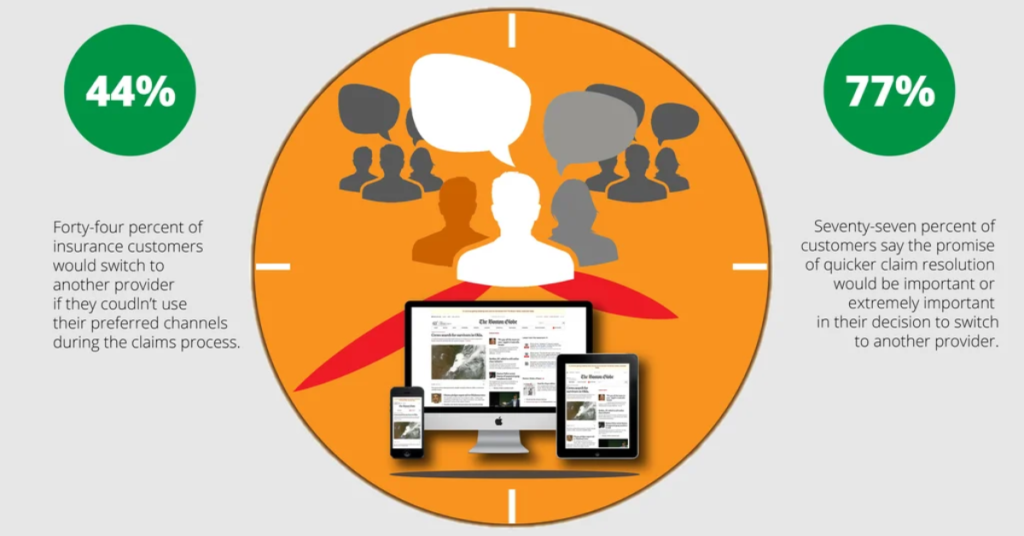The Future of Car Insurance: Trends to Watch in 2025
This article explores The Future of Car Insurance: Trends to Watch in 2025 that will influence how policies are priced, managed, and used—highlighting what you should expect as a policyholder.
As we navigate a rapidly transforming automotive industry, the future of car insurance is evolving just as fast. With the rise of electric vehicles, autonomous technology, personalized pricing, and climate-related challenges, 2025 is shaping up to be a game-changing year for car insurance. Whether you’re a daily commuter or a rideshare driver, staying informed about these changes will help you make smarter decisions.
1. Usage-Based Car Insurance Is Becoming Mainstream

One of the biggest shifts in 2025 is the rise of usage-based car insurance plans. These are policies where your premiums are based on how, how far, and how safely you drive. Insurers collect data using telematics devices or mobile apps installed in your car.
Drivers who avoid hard braking, maintain consistent speeds, and drive fewer miles will likely pay significantly lower premiums. These plans offer flexibility and affordability, especially for:
- Work-from-home employees
- Retired individuals
- Occasional drivers
2. Electric and Autonomous Vehicles Are Changing the Game

With electric cars and self-driving vehicles gaining popularity, traditional risk assessments in car insurance no longer apply.
Electric vehicle insurance in 2025 considers different factors, such as battery replacement costs, charging station availability, and specialized repair needs. Since EVs generally require fewer repairs but more expensive parts, insurance pricing is shifting accordingly.
For autonomous cars, the focus is moving from insuring the driver to potentially insuring the vehicle software or manufacturer. This raises complex questions about liability—especially in the event of a system error or technical malfunction.
3. AI and Automation in Car Insurance Claims
Another major trend in the car insurance industry for 2025 is the widespread use of artificial intelligence in claims processing.
From filing a claim via an app to having damage assessed by image-recognition AI tools, the entire process is becoming more efficient. Many companies are now offering:
- 24/7 virtual claims adjusters
- Real-time claim status tracking
- Automated payout decisions
For consumers, this means faster settlement times and fewer delays. In some cases, claims are resolved in under 24 hours. This level of automation not only saves time but also reduces human error and fraud.
4. Personalized Premiums Through Big Data and Analytics
Car insurance providers are moving away from generic pricing models and leaning into data-driven customization. In 2025, your premium may be influenced by:
- Driving habits
- Vehicle type
- Location risk
- Credit score
- Age and lifestyle choices
Advanced algorithms now allow insurers to offer dynamic car insurance pricing, which updates based on real-time information. This level of personalization ensures that safe drivers pay less, while high-risk drivers are incentivized to improve their behavior.

5. Climate Change is Affecting Car Insurance Costs
Climate-related incidents such as floods, hurricanes, and wildfires are increasing in both frequency and severity. As a result, insurance providers are adjusting their policies to reflect these growing risks.
In 2025, if you live in a high-risk zone, you may notice:
- Higher premiums
- Limited coverage options
- More stringent claim requirements
Insurers are now using advanced climate risk modeling to assess these environmental dangers and protect their financial stability. It’s important for policyholders to review their coverage annually and understand the risks in their area.
Also Visit This Hyundai Motor Finance
6. Insurance-on-Demand for Gig Workers and Part-Time Drivers
With the rise of gig economy jobs such as food delivery, rideshare, and car sharing, many drivers do not require full-time insurance coverage. That’s why on-demand car insurance services are becoming popular in 2025.
These flexible policies offer:
- Hourly or daily coverage
- Instant activation through mobile apps
- Coverage that matches your schedule
Companies offering insurance-as-a-service allow you to pay only for the time you’re actively driving, making it an ideal solution for part-time workers or city dwellers who rarely use their vehicles.
7. Cybersecurity Risks for Connected Cars
Modern cars now come equipped with internet access, GPS systems, and digital control units. While these features improve convenience and safety, they also expose drivers to cyber threats.
Car hacking, software tampering, and data theft are now real risks that insurers must address. In response, new policy types are being developed to cover:
- Cyberattacks on vehicle systems
- GPS jamming or manipulation
- Data breach liability
8. Legal and Regulatory Developments
Governments worldwide are now updating their laws to keep pace with the insurance industry’s digital transformation. In many countries, regulators are focusing on:
- Transparent pricing models
- Consumer data protection
- Streamlined claim settlements
Additionally, auto insurance companies are required to be more transparent in how they collect and use data. This is especially important for usage-based insurance and AI-driven premium assessments.
9. What This Means for Car Owners
As a car owner in 2025, these trends present both opportunities and challenges. Here are a few ways to adapt:
- Consider switching to a usage-based or pay-per-mile plan if you drive less
- If you own an electric or autonomous vehicle, ask your insurer about specialized coverage
- Regularly review your policy to ensure it reflects your current driving habits and environmental risks
- Look into digital-first insurance providers for faster claims and flexible plans
10. Conclusion
The future of car insurance in 2025 is defined by innovation, data-driven personalization, and the growing impact of technology. Whether it’s using AI to settle claims, tracking real-time driving data, or addressing climate and cyber risks, insurance is no longer one-size-fits-all.
For drivers, staying informed about these trends is the key to securing affordable and effective coverage. By understanding the latest developments in car insurance, you can make more confident financial decisions and ensure you’re fully protected in a rapidly evolving landscape.






One Comment